How to Determine Your Hair Type



IPSY Editors
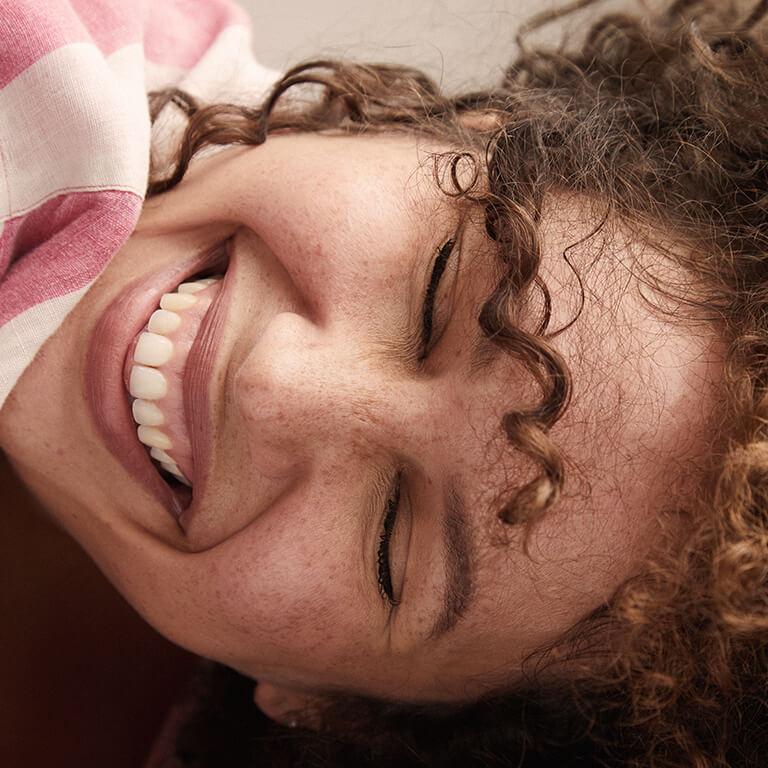

There's more to knowing your hair type than recognizing if you have curly hair, straight hair, or even frizzy hair. Hair texture, porosity, and even your scalp all play a role in determining your hair type. And not only does knowing your hair type help you find your most flattering hair styling techniques, but it’s also the first step to finding hair products designed specifically for your haircare needs.
Knowing your hair type is the key to happy, healthy hair. Keep reading below for our guide to determining your actual hair type, so every day can be a good hair day.
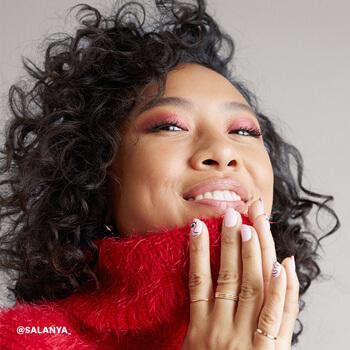
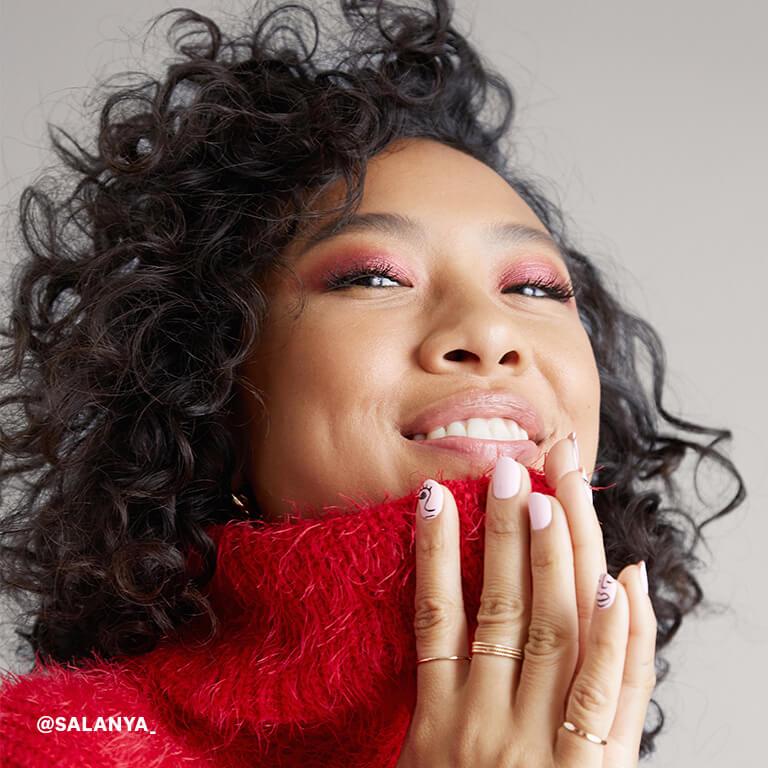
What’s Your Porosity Level?
You may not have ever heard the word “porosity” used to describe hair types (or anything else, really), but it's a hugely important factor that impacts how oily or dry your hair is. You know how sponges are porous? Turns out our hair strands are, too, and there are three different levels of hair porosity: low, medium, and high. Your porosity level is determined by genetics, heat styling usage, and other environmental factors.
How can you tell how porous your hair is? Pluck a single strand and place it in a cup of water. If the strand floats, you’re highly porous. If it sinks to the middle, you have medium-porosity hair. If it sinks all the way to the bottom, you’re team low porosity.
So what does it all mean? Low porosity hair means strands have a sealed cuticle, keeping oil locked up tight. Low porosity hair tends to be susceptible to product build-up and may take longer to dry after washing, as the strands are heavier. Using a clarifying shampoo and conditioner once in a while is amazing for keeping low porosity hair looks polished and sleek, without feeling greasy or oily.
Medium porosity hair has an open cuticle, so strands absorb as many natural oils and hydration as they need and stay moisturized easily. This level of porosity results in hair that’s pretty easy to maintain and keep healthy.
High porosity has (you guessed it) a super wide-open cuticle, resulting in dry hair that struggles to retain oil and moisture. Without proper care, this kind of hair is the most prone to dullness, breakage, frizz, and tangles. If you have high porosity hair, you'll want to make sure you reach for moisturizing styling products, like hair oils, masks, and serums, to help your hair's ability to retain hydration.
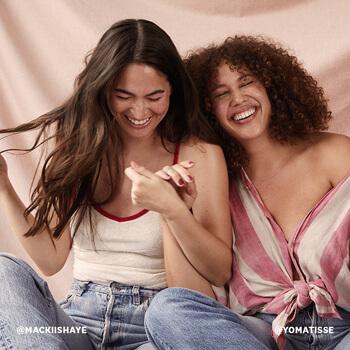
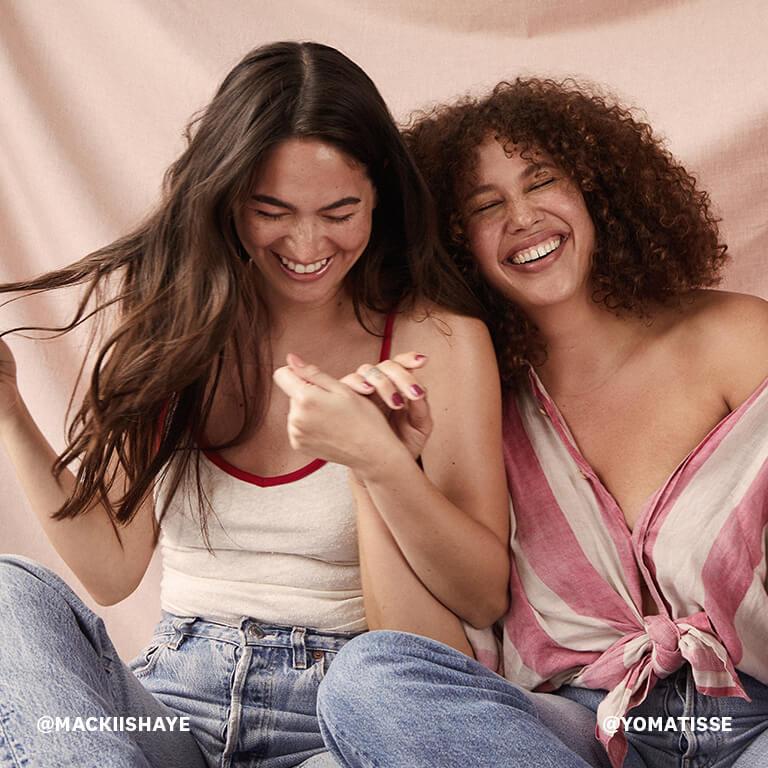
What’s Your Shape?
Your hair shape (or hair texture) refers to–surprise, surprise!–how straight, wavy, or curly your strands naturally are. Knowing what hair shape you have can help you find shampoos, conditioners, and all sorts of hair styling products that will enhance and help properly manage that shape.
Hair stylists break down shape into four different subcategories: straight hair (type 1), wavy (type 2), curly (type 3), and coily hair (type 4). However, most people don’t fit into just one hair shape category. You might fluctuate between shapes or be a mix of more than one–for example, between curly and wavy.
If you’re not quite sure what hair shape you have, go with the dominating hair texture you most frequently notice in the mirror. Hair that doesn’t show any signs of bending or curling is classic straight hair. Hair strands with a slightly curved (or “S”) shape to them are wavy hair. Tight curls (tighter than the "S" shaped curl pattern) mean you’re naturally curly. And curls that look like corkscrews or ringlets indicate tightly-coiled hair.
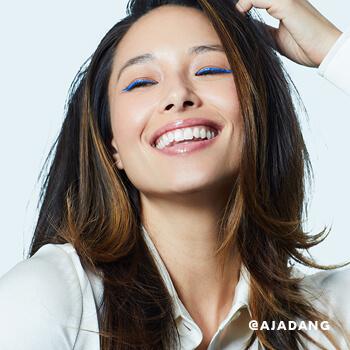
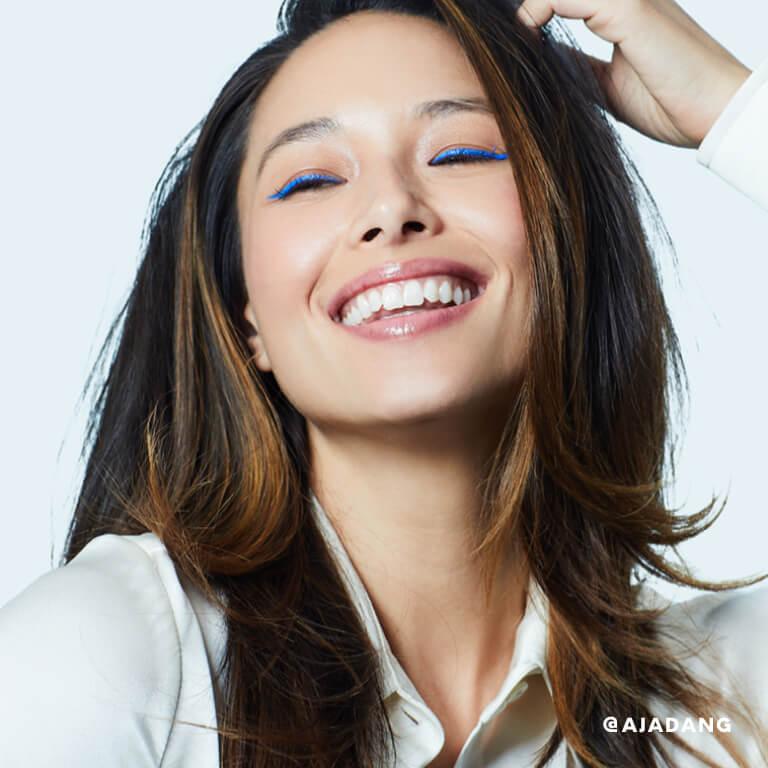
How Thick Are Your Strands?
Knowing how thick your hair is as important as thin hair types are more susceptible to frizz and breakage from frequent hair styling than thick hair types. To determine how thick your strands are, lay a single strand of hair down on a flat surface–your bathroom counter will do–and compare your strand to another thin, hair-like piece of thread. If it’s thinner, you likely have thin or fine hair. If it’s thicker, you likely have thick hair. If it’s around the same size of the thread, you likely have medium hair thickness.
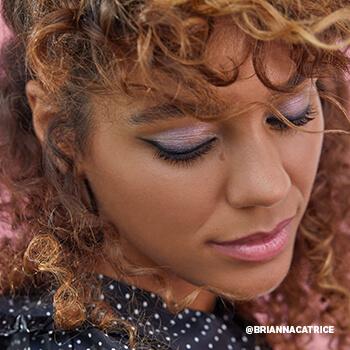
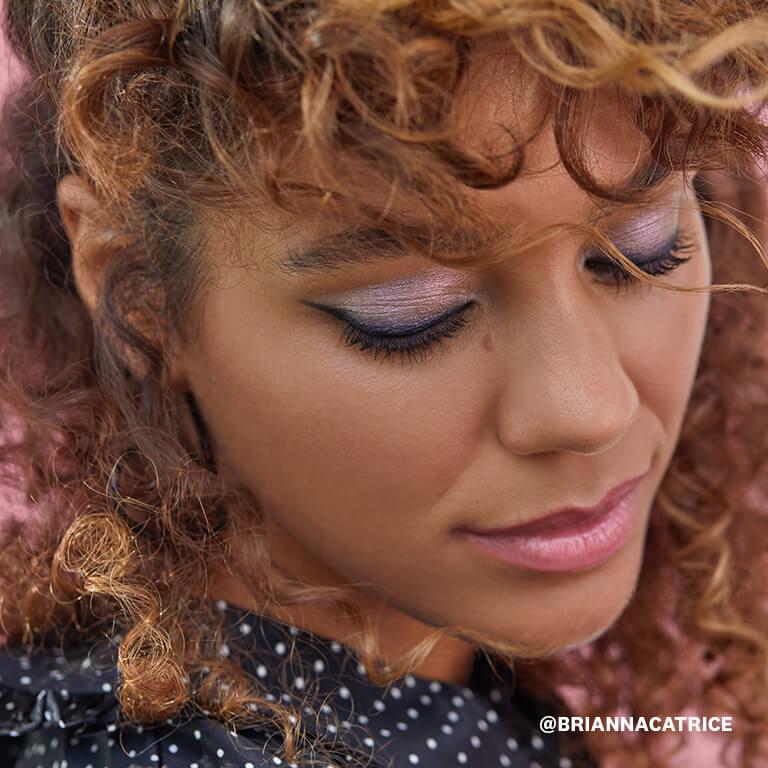
How Much Hair Do You Have?
Now that you’ve determined your hair’s porosity level, shape, and thickness, you’ll want to take note of how much you have. Often confused with hair thickness, the amount of hair you have is different from knowing if you have thin hair or thick hair: it’s more about how many actual strands you have. For example, you can have a lot of fine hair or a smaller amount of thick hair.
We definitely don’t want you to count every individual strand to figure out how much hair you have, so here’s an extremely simple shortcut: take a hair elastic and wrap it once around your hair. If your hair fills up the elastic, you’ve got a lot of hair. If it's loose, you have less hair. This information is helpful to know when deciding how much styling product you should be applying as well as what hairstyles might look best.
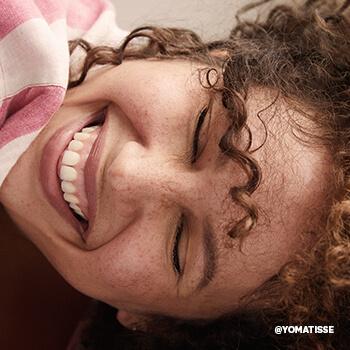
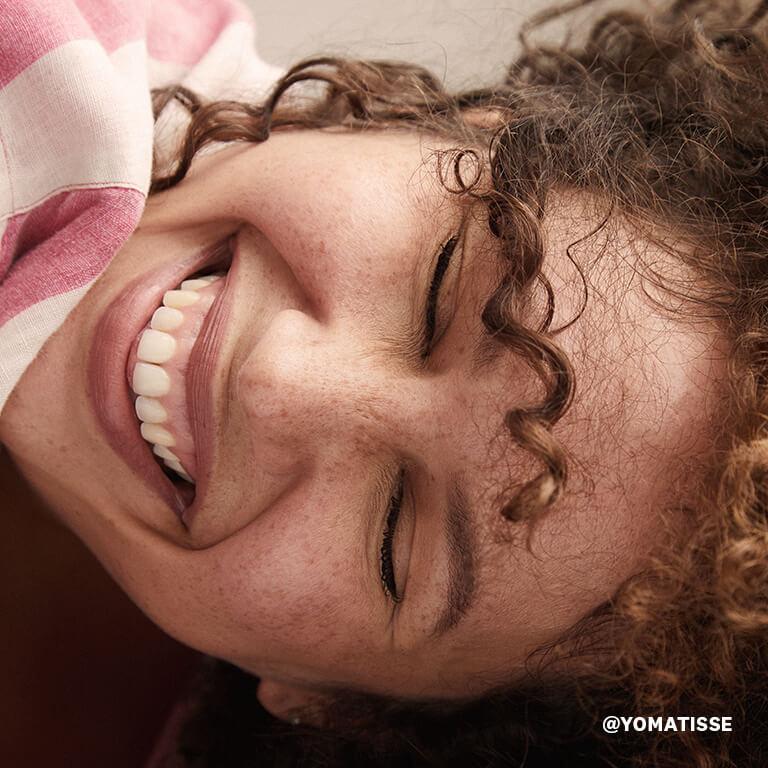
Don’t Forget Your Scalp
Last but not least, you can't know your hair type without understanding your scalp. Understanding your scalp is especially important if you frequently experience breakage or other hair problems, like oiliness or dandruff. Just like your hair, your scalp can be dry, flaky, oily, healthy, or a combination of two or three of these scalp states.
Dry scalps and flaky scalps happen when your scalp doesn’t have enough natural oil to stay moisturized. If this sounds like you, there are plenty of moisturizing shampoos and conditioners designed to keep your hair hydrated and flake-free. Oily scalps and dry scalps alike can both benefit from scalp scrubs, too, to exfoliate your scalp and keep it balanced and healthy.
Want to learn more about keeping your scalp–and your hair–healthy and happy? Check out our guide to getting a healthy scalp for everything you’ve ever wanted to know about caring for your scalp.


It's about glam time you treated yourself.
Liked this post? Share!
Related Stories
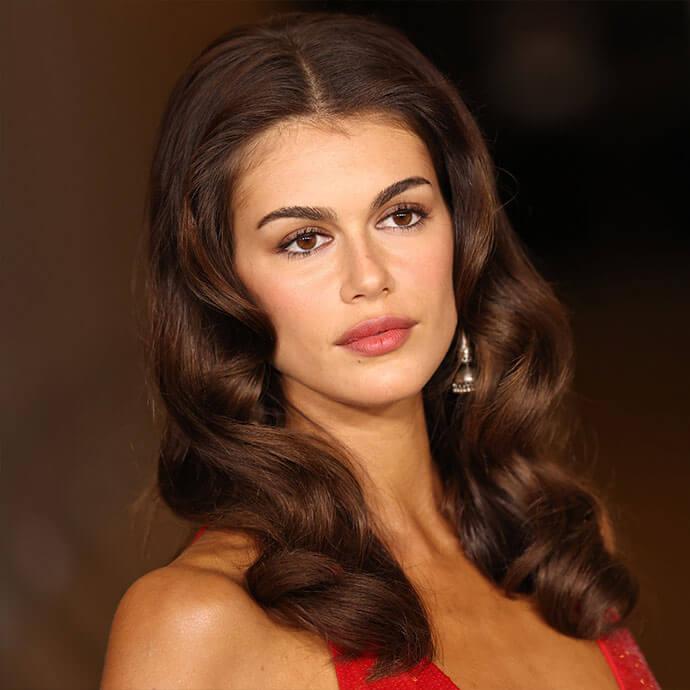
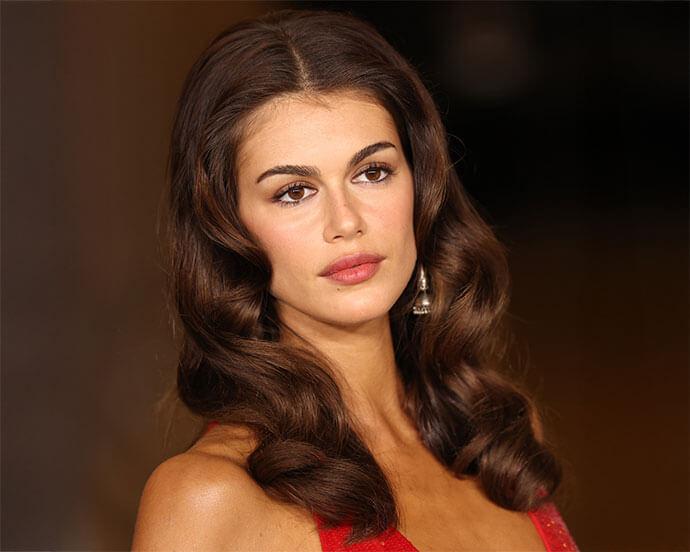
Hair
6 Hair Trends Set to Take Over in 2026, From Bixie Cuts to Bouncy Blowouts
Published on Dec 5, 2025 • 5 min read


Hair
21 Easy Hairstyles to Enhance Your Natural Curls and Coils
Published on Dec 3, 2025 • 11 min read


Hair
The Ultimate Guide to Styling Short Hair
Published on Dec 1, 2025 • 11 min read


Hair
From Bangs to Blonde: The Hair Trends Taking Over 2025
Published on Dec 16, 2024 • 5 min read


Hair
Scalp Exfoliation Is the Key to Healthier Hair—Here’s How to Do It Correctly
Published on Nov 21, 2025 • 9 min read


Hair
The 10 Best Hair Masks and Conditioners to Promote Hair Growth
Published on Mar 11, 2024


Hair
20 Trendy Hairstyles That’ll Make You the Life of the (Holiday) Party
Published on Oct 15, 2025 • 9 min read


Hair
Easy Thanksgiving Hairstyles to Look Polished While You Feast
Published on Oct 2, 2025 • 6 min read


Beauty Picked Just for You
Get 5 products worth up to $70
Plus exclusive access to epic deals up to 80% off
Starting at just $14/month. Cancel anytime.